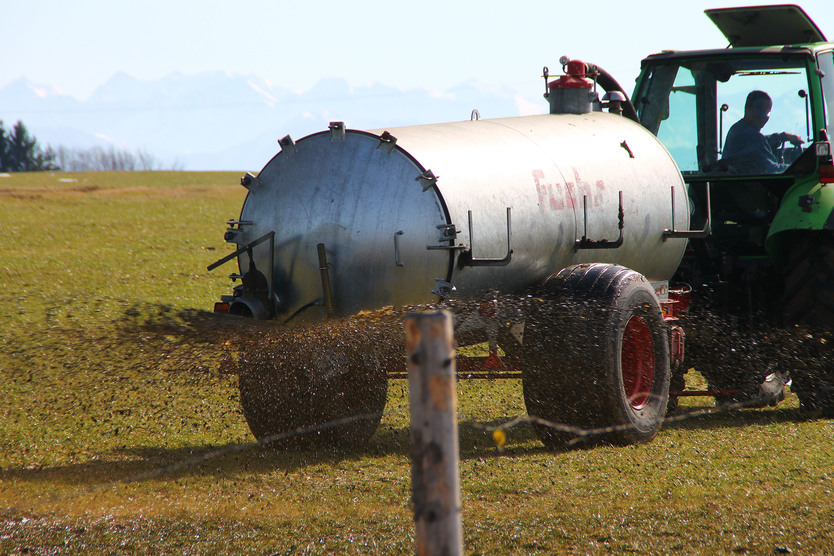
A new use for biogenic sludge and protection against over fertilisation.
© Wolfgang Dirscherl / pixelio.de
Today, there is vast range of possibilities for generating bioenergy. Garden trimmings, food waste and municipal wastewater, for instance, are produced regularly in large quantities and can be converted into biogas in biogas plants. However, certain biological wastes cannot be converted because the raw material is too heavily contaminated with heavy metals or medicines. Livestock farming is one of the main sectors where this is the case. Up until now, excrement from livestock farming has been spread on the nearby fields, but this overfertilization with nutrients leads to soil degradation and is not sustainable long-term. This is why businesses around the world are looking for solutions to reduce emissions and at the same time explore new uses for biological waste.
In Germany, a specialist in engine technology is now developing new ways of utilizing so far unusable biogenic waste to generate energy. Together with the University of Munich, the company Völkl Motorentechnik is researching an innovative method of generating energy from waste materials by means of pyrolysis. The technology behind this has been known for a long time and was traditionally used to produce coke for the steel industry. Pyrolysis converts fuels at high temperatures in the absence of oxygen into combustible gases and then burns them. What is new is that liquid fuels can now also be used in addition to solid fuels. This opens up a wide range of new possible uses for contaminated fuels. The advantages are obvious: the combustion of gases is significantly cleaner than that of solid fuels. Since the resulting ash is practically carbon-free, it is also ideally suited for being returned to the nutrient cycle as a fertiliser. Another advantage is the significant reduction in methane and nitrogen oxide emissions compared to conventional fermentation.
As part of the PyroGas project, the project partners are now testing the technology and exploring new ways of purifying the gas emissions. The Federal Ministry for Economic Affairs and Energy is funding this research project in the period from 2019 to 2021.


